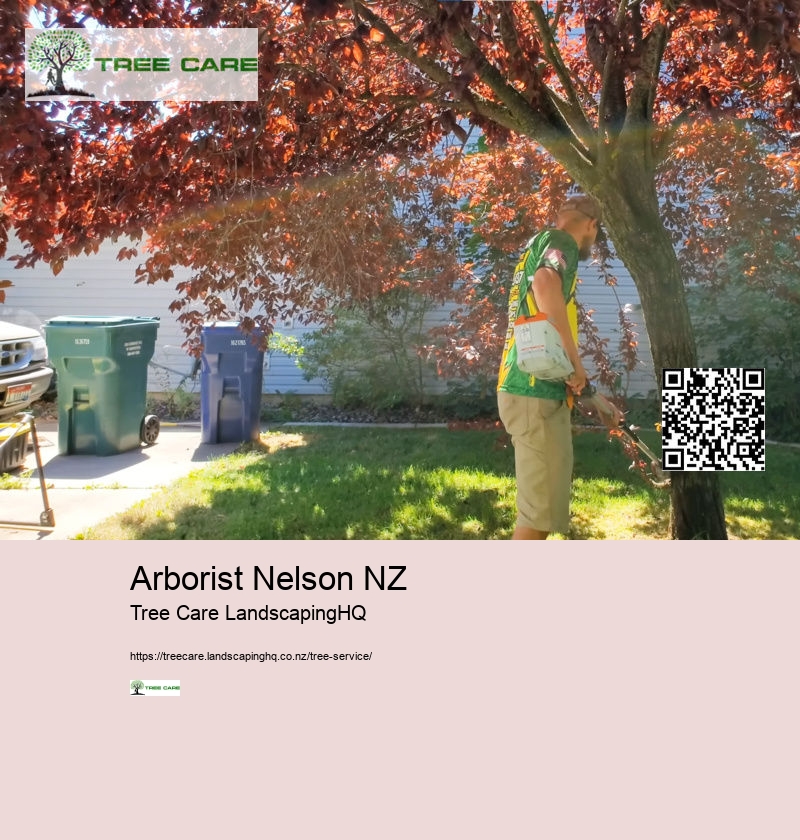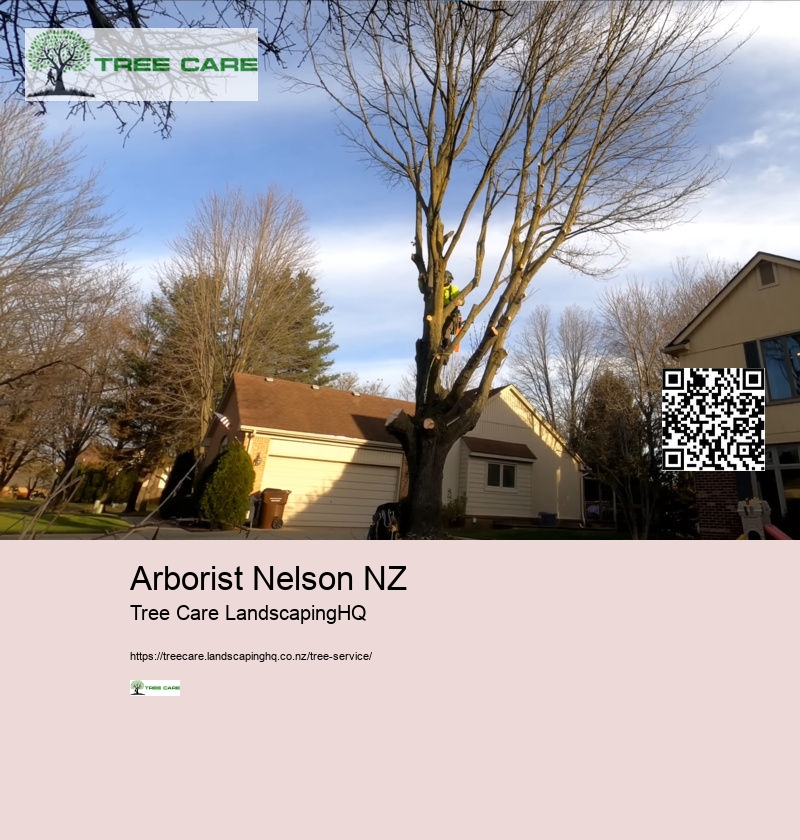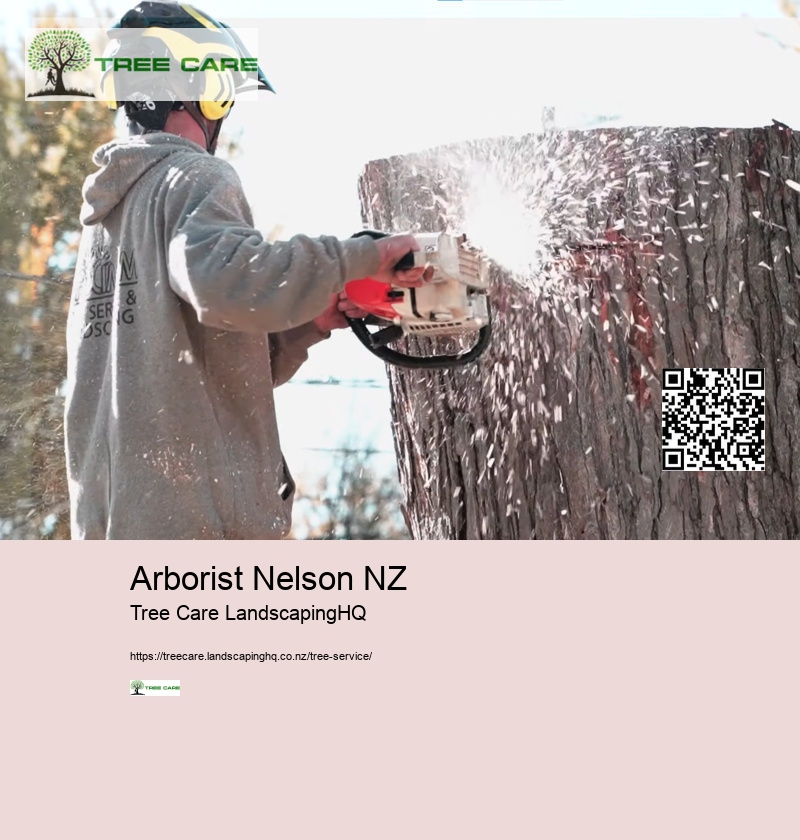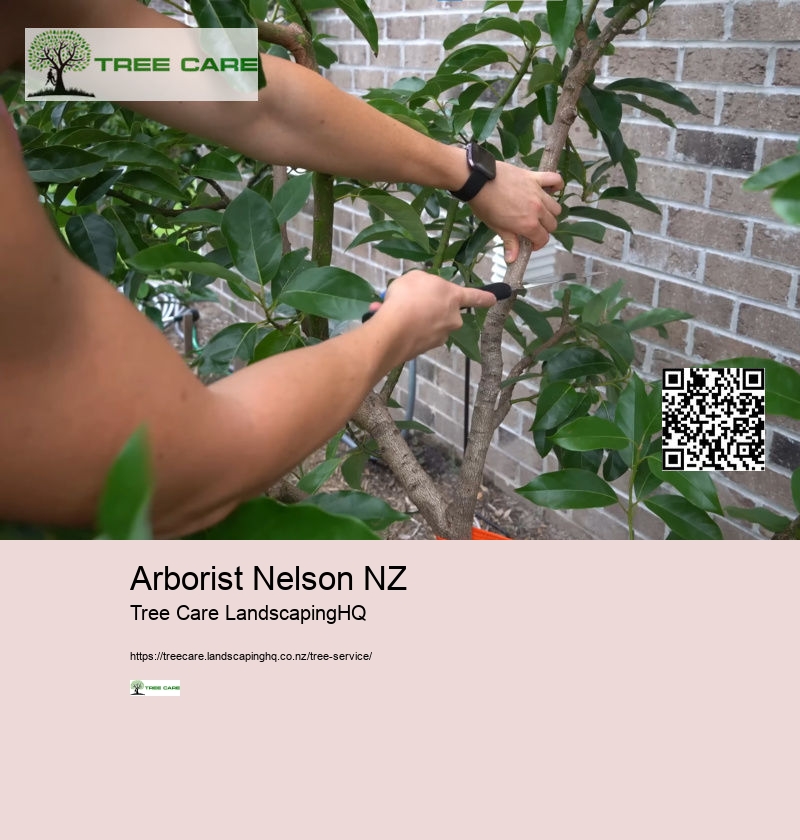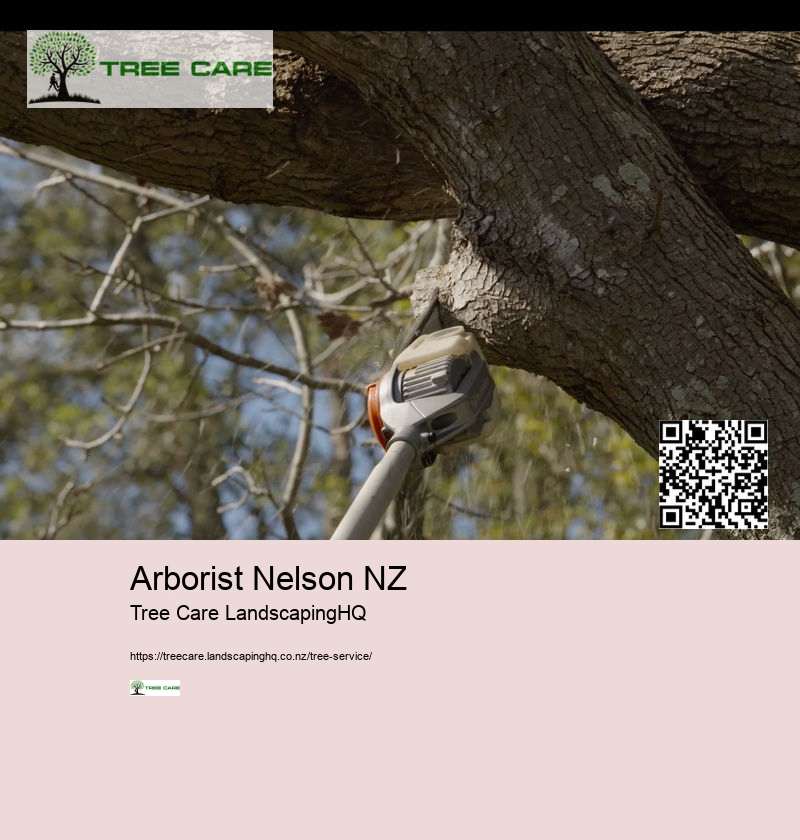Arborist Nelson NZ
urban arborist
You can rely on us to accurately assess, diagnose and maintain your trees, ensuring that they remain healthy and vibrant for many years.
Arborist Nelson NZ - tree felling
- tree felling
- landscape
- tree service
- trimming
- stump grinding
- tree surgeon
Our priority when dealing with dangerous trees is to minimize risks and ensure everyone's safety. Comprehensive Tree Care Services, Expert Arborist in New Zealand. When seeking expert advice on tree care decisions, our arborist consultation services provide tailored solutions to meet your specific needs efficiently. We assess the site thoroughly to identify any potential hazards and develop a strategic plan to safely remove vegetation and debris. Regular tree trimming also plays a crucial role in maintaining safety on your property.
The bark of a tree is also important to note. This targeted approach avoids over-fertilization that can be harmful to tree health. We also practice "crown-raising," which is the removal of lower branches in order to clear structures, vehicles, and pedestrians or improve visibility. Pruning is a key aspect of tree growth regulation that involves selectively removing branches to promote proper growth patterns and structural integrity.
To effectively manage the growth of trees in your outdoor space, our arborists at Tree Care by Landscaping HQ employ proven techniques for tree growth regulation. Our arborists remove trees with precision and care, whether they are a danger to people or diseased. This assessment allows us to decide if we need to use bracing techniques, pruning or any other technique to restore the tree's optimal health. Our team specializes in restoring trees damaged by storms, ensuring prompt and effective recovery.
